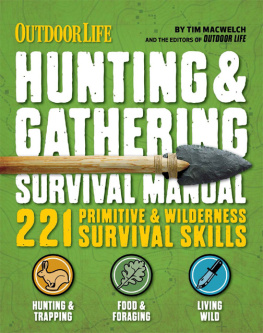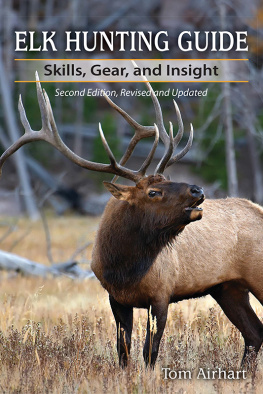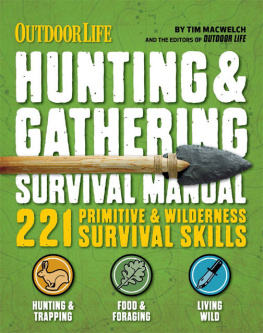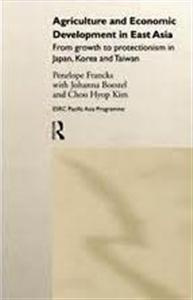To the remembrance of Hypatia (c. 370March 415 AD) and the Museion-Library of Alexandria
First published 1990
First published in paperback by Routledge 1993
11 New Fetter Lane, London EC4P 4EE
Simultaneously published in the USA and Canada
by Routledge Inc.
29 West 35th Street, New York, NY 10001
Routledge is an imprint of the Taylor & Francis Group
This edition published in the Taylor & Francis e-Library, 2005.
To purchase your own copy of this or any of Taylor & Francis or Routledges collection of thousands of eBooks please go to www.eBookstore.tandf.co.uk.
1990, 1993 Charles Keith Maisels
All rights reserved. No part of this book may be reprinted or reproduced or utilized in any form or by any electronic, mechanical, or other means, now known or hereafter invented, including photocopying and recording, or in any information storage or retrieval system, without permission in writing from the publishers.
British Library Cataloguing in Publication Data
Maisels, Charles Keith
The emergence of civilization: from hunting and gathering to agriculture, cities, and the state in the Near East.
1. Sumerian civilization
I. Title 935.01
Library of Congress Cataloging in Publication Data
Maisels, Charles Keith.
The emergence of civilization: from hunting and gathering to agriculture, cities, and the state in the Near East/Charles Keith Maisels.
p. cm.
Paperback of 1990 hardback
Includes bibliographical references and index
1. Middle EastCivilizationTo 622. I. Title.
DS57.M37 1993 937453
939.4dc20
ISBN 0-203-45064-7 Master e-book ISBN
ISBN 0-203-45661-0 (Adobe eReader Format)
ISBN 0-415-096596 pbk
List of figures
Evolutionary trajectories
The Hawkes Ladder
The demographic threshold
Malthuss neutral control system
Technological progression on the Boserup model
A typical river levee in cross-section
Distribution of six major biomes in terms of mean annual temperature and mean annual rainfall
The Pleistocene succession
Diagram of the history of diploid, tetraploid, and hexaploid cultivated wheats
Flow chart of social evolution from hunter-gathering to city-states in Mesopotamia
Bone strontium levels in Man and other fauna
Some Tell Mureybet Phase III round-houses and roasting-pits
Tell Mureybet rectilinear houseform
Idealized cross-section of northern Khuzistan
Interdigitation and succession of prehistoric Mesopotamian cultures
Patterns of mobility and land use
Periodization of .esopotamian history
Distribution of Uruk period site-areas by regions and sub-periods
The prehistoric temple at Eridu
Distribution of Early Dynastic I site areas by region
Reconstruction of the temple oval at Khafaje
Site plan of Uruk, showing the Anu and E-Anna precincts
Family relationships and their ranking according to the Manituu Obelisk Al
The La-mu-sa oikos
Plan of Building A, level II, at Tell Abada
Building plans of three periods at Tell es-Sawwan
Tell Qalinj Agha
Kheit Qasim III
Kheit Qasim III: the main residence and the multi-purpose building
Relative amounts of grain (in kur) expended by Bazi for various purposes
A production and distribution flow chart
Pictorial signs of the Sumerian, Egyptian, Hittite, and Chinese writing systems
Sketch of villages in area of diversified resources
Services model of the evolution of the state
Models for the operation of control hierarchies
A managerial theory of state origins (Wittfogel 1957)
An external conflict theory of state origins (Carneiro 1970)
An internal conflict theory of state origins (Diakonoff 1969)
Segmentary kinship structure
Genealogical map of a Tiv compound
Scheme of ranking of chiefly ramage
Ordinary Jinghpaw system
The political economy of the minimal segment
The hierarchy of nats (spirits)
Gumsa incorporation of village nats
Gumsa domain: structure and marriage relations
Internal expansion of the gumsa domain and its contradictions
The long cycle of declining productivity
Topological transformation, Kachin-Chin
Shang economic classes in agricultural production
Archaeological cultures and evolutionary stages in China and Mesopotamia
Forces of production
Relations of production
Model of mode of production for foraging societies
The mode of production of a chiefdom
The Asiatic mode of production
Relations of ownership in the pyramidal state
Relations of production, subordination, and stratification in Mesopotamia
Typical inscription from an oracle bone
Cosmic order
The political dialectic of the state
The arena of contest-exchanges
Variations in the discharge of the Tigris and the Euphrates, 192547
The differentiation of old world farming systems
Disposition of production by ruling class and the state
List of maps
0.1 Topography of the Ancient Near East
Some prehistoric and early historic sites in the Near East
The reliable 200 mm isohyet in Mesopotamia
Natural or climax vegetation of the eastern Mediterranean region
Zones of natural state or climax vegetation in Iraq
Natural distribution of wild barley
Natural distribution of wild einkorn
Natural distribution of wild emmer
Natural distribution of Bos primigenius
Distribution of Capra hircus
Distribution of Ovis ammon
Probable distributions of four main progenitors of domestic livestock
The site and situation of Tell Mureybet on the Euphrates
Khuzistan, showing topographic detail
The Plain of Deh Luran in Khuzistan
Jemdet Nasr period settlement patterns
Watercourses and settlement in Early Dynastic Sumer
Approximate limits of the dimorphic zone
The hill peoples of the Burma frontier
Regional conditions during the Late Pleistocene/Early Holocene in the Near East
Sites of the earliest finds of domesticated animals
The centres and routes of transmission of early scripts
List of tables
Temperature and precipitation
Comparative productivity of some North American ecosystems
Nutritional values of wild and domesticated wheats
Approximate ages of the phases in Deh Luran and their relation to 103 periods designated in other areas
Calculation of the population of the Near East at 1,000-year intervals 118 for various rates of increase, assuming a base population of 100,000
Calculation of the population of the Near East at 1,000-year intervals 119 for various rates of increase, assuming a base population of 50,000
Changing characteristics of late prehistoric and protohistoric settlement enclaves
Primary subsistence source by latitude








